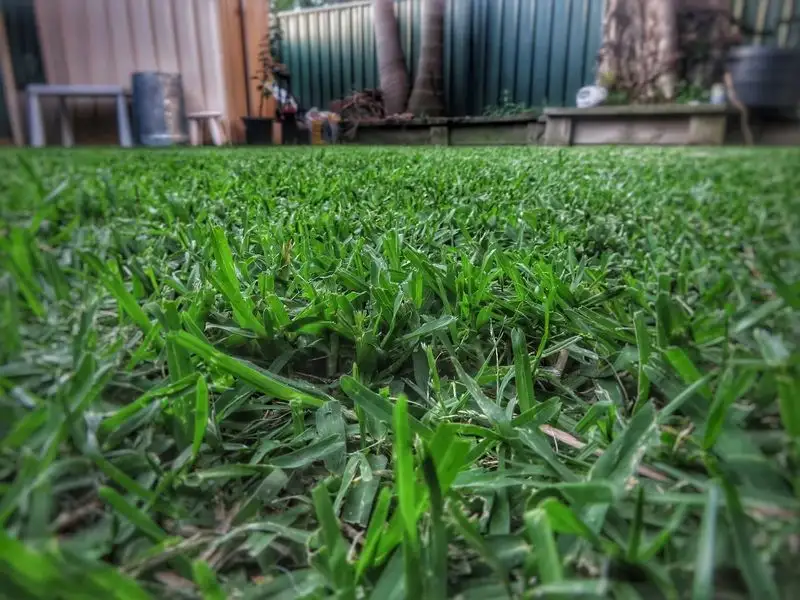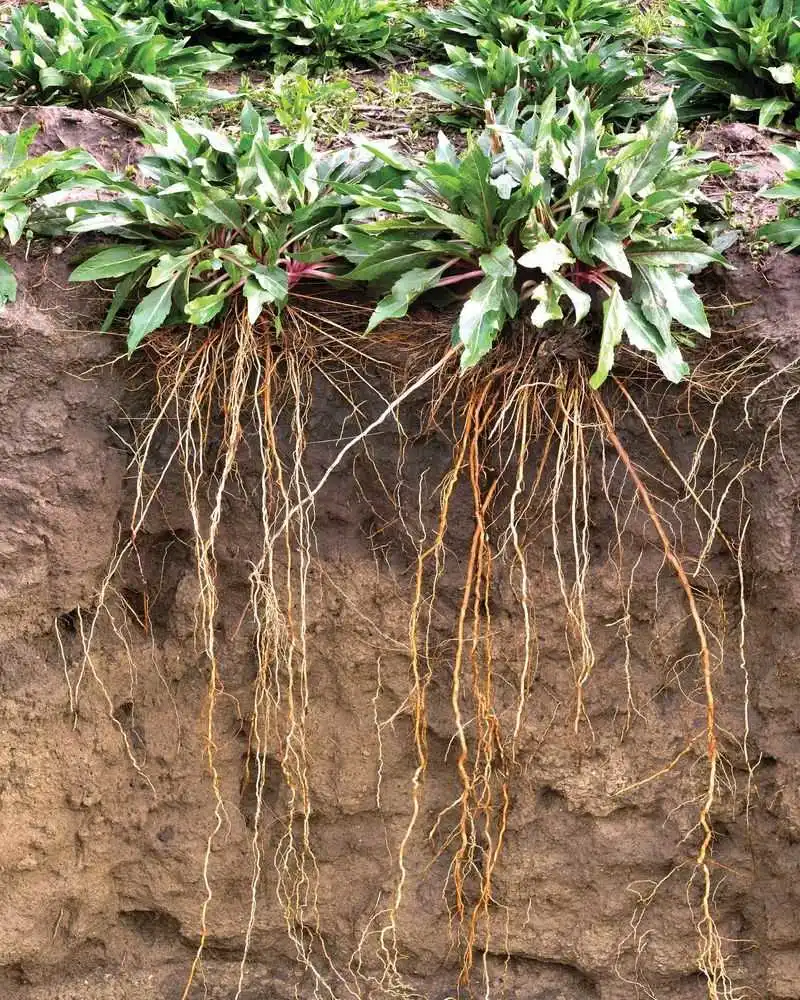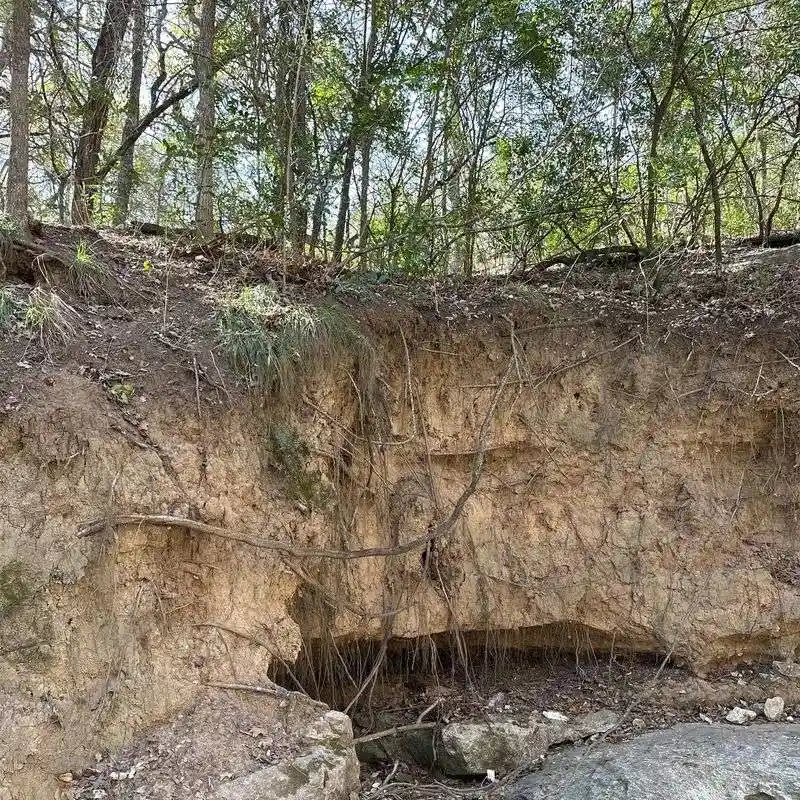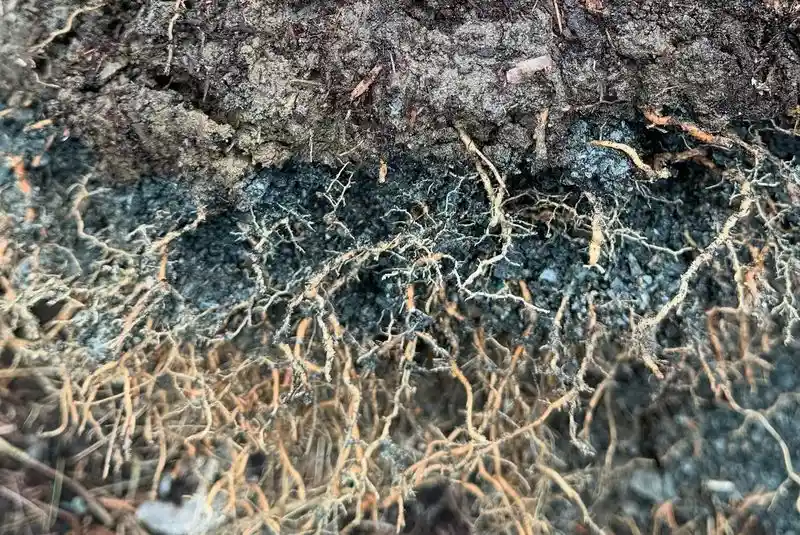For years, I believed that tilling was essential to preparing a garden bed. But after noticing declining soil quality and struggling plants, I decided to try a different approach—and the results were transformative.
By leaving the soil undisturbed, I preserved its natural structure, protected beneficial microbes, and allowed organic matter to build up over time. The change didn’t just improve soil health; it led to stronger roots, better moisture retention, and noticeably healthier plants.
In this article, I’ll share why I stopped tilling my soil—and how this simple shift can lead to a more vibrant, resilient garden.
Enhanced Soil Structure

When I left my garden soil undisturbed, I witnessed a transformation. Earthworms and microorganisms flourished, creating a network of tunnels that improved soil aeration. The soil became a living organism, teeming with life.
This new structure allowed water and nutrients to penetrate deeply, reaching plant roots more efficiently. The result? Plants that are robust and less prone to diseases.
Did you know? Tilling can destroy this delicate ecosystem, leaving soil vulnerable to erosion and nutrient loss. Embracing no-till methods supports long-term soil health and sustainability.
Increased Biodiversity

Stopping tilling brought unexpected visitors to my garden. Beneficial insects, like ladybugs and bees, found a thriving habitat among the plants.
With tilling out of the picture, plants could grow undisturbed, offering shelter and food to a wide range of creatures. This biodiversity creates a balanced ecosystem, reducing the need for chemical interventions.
Fun fact: A diverse garden is a resilient one, with natural predators managing pests. This aspect of no-till gardening fosters harmony and enhances garden life in a sustainable way.
Moisture Retention

Without tilling, my garden soil retained moisture like a sponge. The undisturbed layers prevented evaporation, keeping the soil damp and rich.
This moisture retention is vital during dry spells, reducing the need for frequent watering. Plants now show improved growth, with vibrant leaves and sturdy stems.
Interesting tidbit: Tilled soil often dries quickly and requires constant attention. Embracing no-till practices simplifies watering needs and supports sustainable gardening.
Reduced Erosion

Erosion took a backseat when I switched to no-till gardening. The ground cover remained intact, protecting the soil from wind and rain.
Roots held the soil in place, minimizing loss and maintaining nutrient density. This stability leads to healthier plants and a more robust garden.
Did you know? Erosion can strip away vital topsoil, essential for plant growth. No-till gardening preserves this precious resource, ensuring a fertile planting ground season after season.
Less Weed Pressure

With tilling out of the equation, weed growth diminished significantly. The soil’s surface remained undisturbed, and weed seeds struggled to germinate.
This reduction in weeds means less competition for nutrients and resources, allowing plants to flourish without hindrance. The garden became a more manageable haven for my vegetables and flowers.
Did you know? Tilling can actually bring dormant weed seeds to the surface, sparking new growth. No-till methods naturally suppress weeds, creating an easier maintenance routine.

